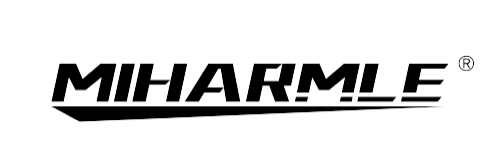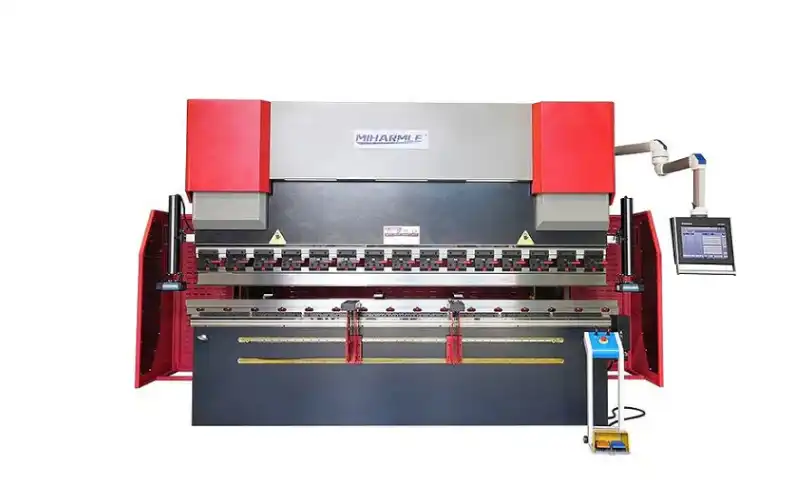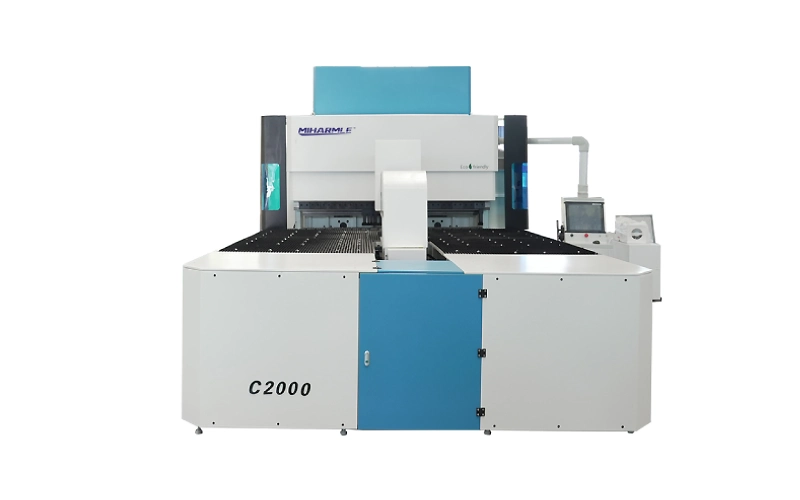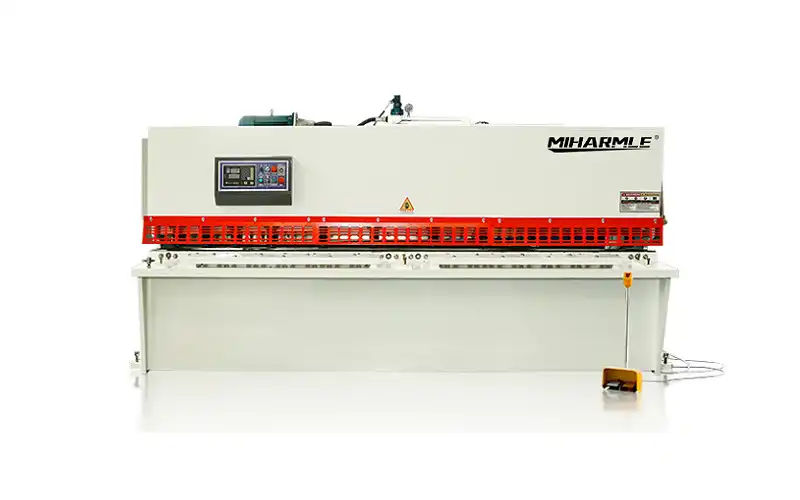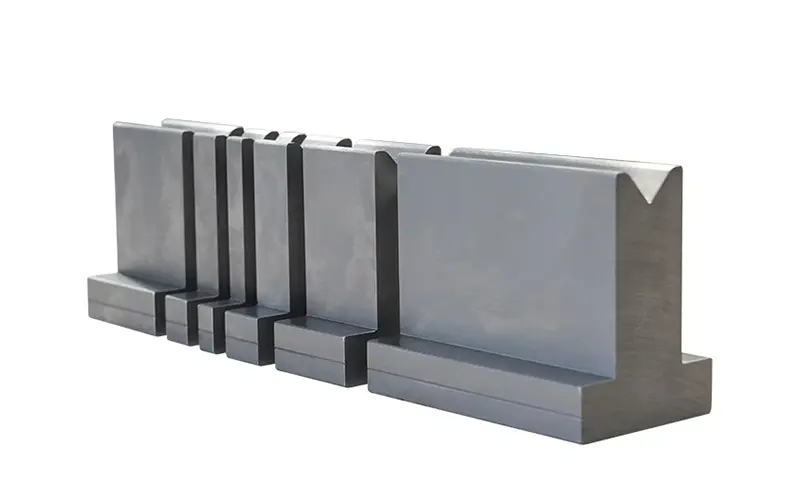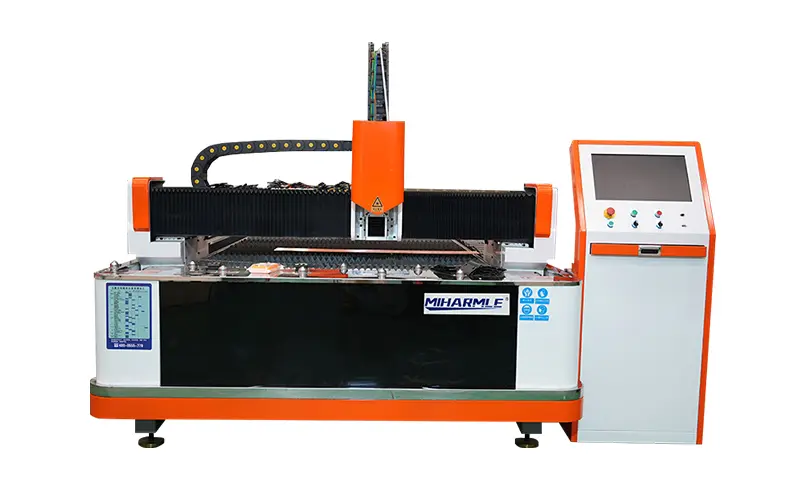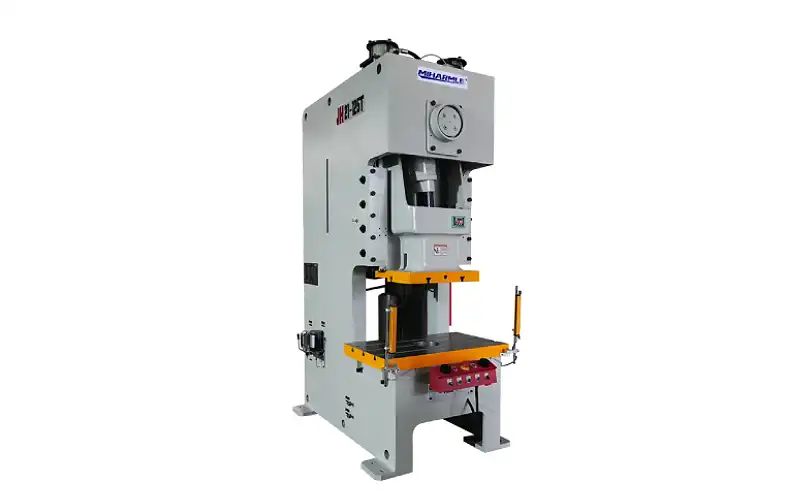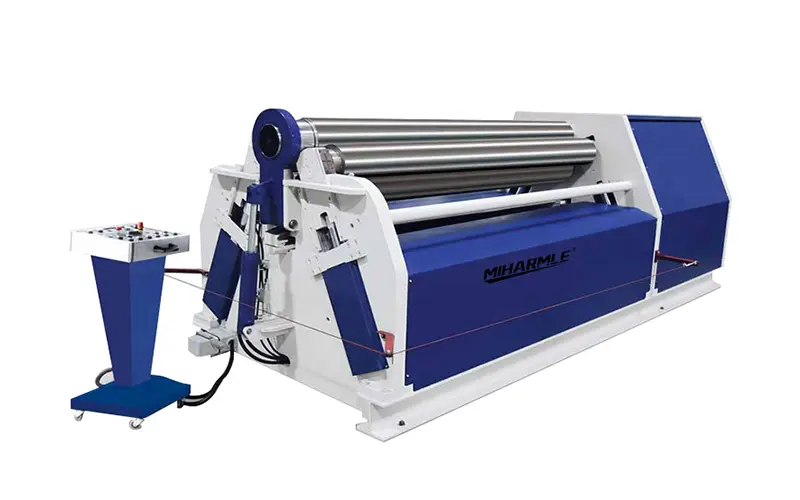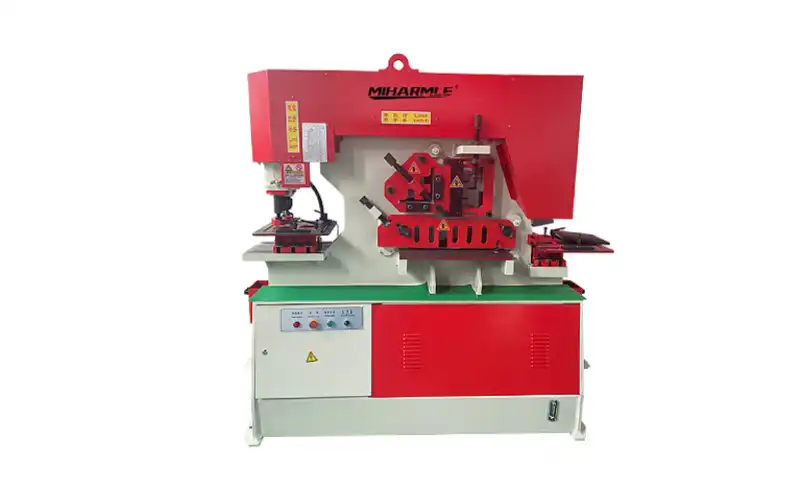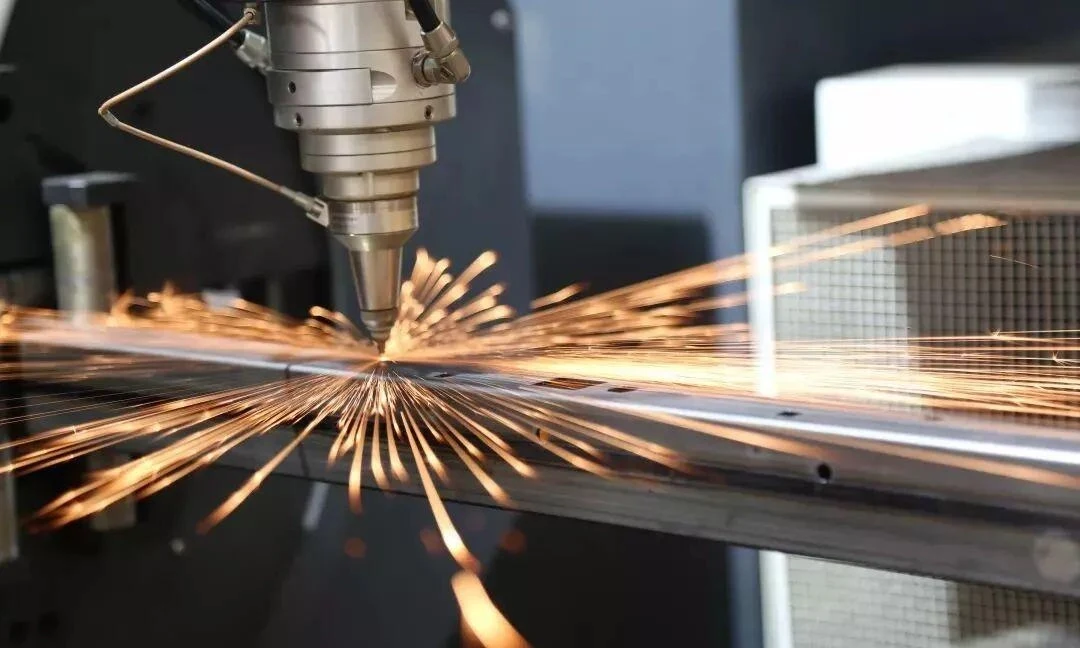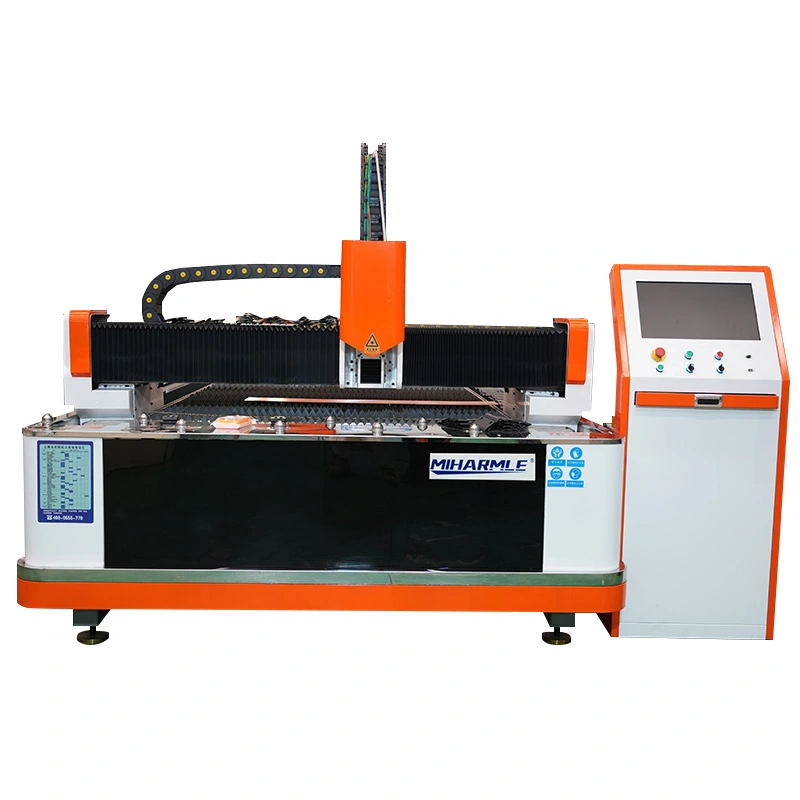Introducción
Fiber laser cutting machines have modernized the manufacturing industry. With the development of technology, these machines have achieved high accuracy and efficiency.
These powerful tools use concentrated light beams to cut metals and other materials. The beam melts, vaporizes, and ablates, thus providing remarkable cutting accuracy. But like every technology, it has some drawbacks as well. Let’s explore the advantages and disadvantages of Fiber laser cutting machines.
Benefits of Fiber Laser Cutting Machines
High Velocity and Efficiency
The speed of fiber laser cutting outperforms all other cutting approaches, including plasma cutting and CO2 laser cutting. The laser machine cuts thin materials three times faster than alternative laser systems. This fast operation allows companies to complete their tasks within reduced timeframes. A 40 mm metal sheet requires 50 to 100 times shorter processing time when cut by a 12 kW oxygen-assisted laser machine than wire cutting.
Precision and Quality
These machines make very accurate cuts, sometimes as precise as 0.05mm. The cuts have smooth edges that often don’t need extra work afterward. This is perfect for making detailed, complex parts that must fit together perfectly. The laser beam is focused and straight, allowing for intricate designs.
Small Kref
Using a highly concentrated thin beam of light produces small kerfs, which is a big advantage. This means the width or portion of material that is removed during melting or vaporization in the laser-cutting process is small. This results in less scrap or waste material in laser cutters.
Unlimited 2D Complexity
Fiber lasers can cut almost any 2D shape you can imagine. They follow the G-code movement control method of positioning to design exactly without extra tooling costs. Complex patterns that would be hard to make by hand are easy for these machines. This lets designers create more creative and complex products. There’s almost no limit to what shapes you can cut.
Variety of Applications
These machines work in many different industries. They’re used in automotive, aerospace, medical, and jewelry making. They cut parts for electronics, signs, and kitchen equipment. The same machine can make tiny phone parts or large metal sheets for buildings. This makes fiber lasers useful for almost any manufacturing business.
Variety of Materials
These machines can easily cut many different materials. They work well with steel, aluminum, titanium, tungsten, and brass. They’re also good for cutting plastics and composite materials. This allows companies to use one machine for multiple tasks.
Limitations of Fiber Laser Cutting Machines
Limits Material Thickness
Laser-cutting machines have specific limits regarding the maximum material thickness they can process effectively. Most laser cutting machines have limitations on the materials they can process because they require a minimum metal thickness of up to 12mm to achieve a cut while making deep cuts at a slow speed. The typical range of material thickness that laser cutters can process extends to 25mm.
High Initial Cost
Fiber laser cutting machines require a high initial cost. End-user models can be extremely expensive, ranging from $10,000 to $15,000 for 6 kW to 10 kW, making them impractical for businesses with limited budgets. This high capital outlay is especially notable compared to alternative technologies like flame or plasma cutters.
Harmful Gases and Fumes
The laser-cutting process emits toxic fumes along with dangerous gases that create health risks. Stainless steel and other metals do not generate toxic gases when subjected to cutting operations. The operation of laser-cutting machines results in dangerous gases that emerge from polymers and other types of metals. PTFE and various fluoropolymer materials emit harmful phosgene gas during high-heat processing, damaging the environment. The generated emissions cause damage to the surrounding environmental areas. Safe ventilation systems should be installed to eliminate hazardous fumes.
Increased Complexity
Fiber laser cutting machines need specialized technical expertise for operational purposes. The systems surpass traditional cutting methods in complexity. Special training becomes essential for operators to operate the settings and program functions. This means that the training and maintenance costs also add up. Additionally, machine downtime may increase due to the technology being used. This can result in lost revenue.
High Power Consumption
Fiber laser cutters use a lot of electricity. Compared to other cutting tools like a 3-axis CNC cutting machine, it takes just 1/10th of the electricity to operate. The machine produces elevated utility expenses, particularly when executing extended cutting sessions. The power requirements influence the total expenses associated with running the machine. The total cost of ownership depends on this information for proper calculations.
